One experiment I have enjoyed doing has been to use the DSLR at its widest field and take images of large regions of the sky for as much of the night as possible, and then use the images to make a movie of the stars moving across the sky. I first tried this while I was in Australia in 2009. Unfortunately on that occassion I managed to leave the AC adapter for the camera back in the USA! This meant I could only use the camera until the battery when flat. The battery would only last for about 2 hours before needing recharging, so all I could do was obtain images of various constellation rising and setting over this interval. At least I have not had this problem while I have been in the USA!!!
One word of caution..... some of these files are VERY LARGE, up to 60Mb!
Something I have enjoyed playing with has been to connect a variety of different camera lenses to the CCD and use them for wide-field imaging. One interesting result from this experimentation that I did not expect, was the number of satellites visible in the images. Using a USB camera means that images can be taken very quickly. As a result, when the images are assembled into a movie, satellites can be seen moving across the view, clouds can be seen passing through the field, and ocassionally meteors flash into view.
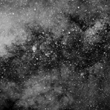 M 8 |
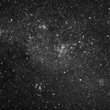 NGC 3372 |
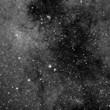 NGC 6357 |
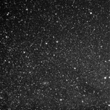 Veil Nebula |
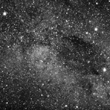 Ced 122 |
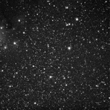 Sharpless 2-1 |
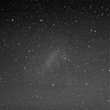 Large Magellanic |
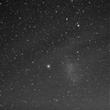 Small Magellanic |
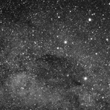 Crux Australis |
 Musca |